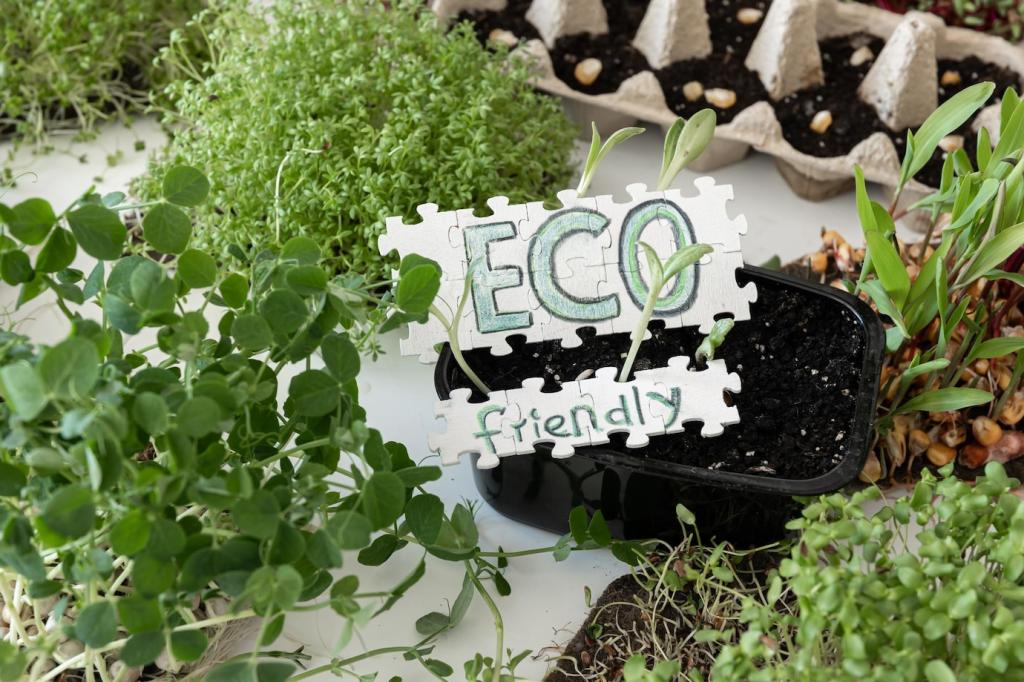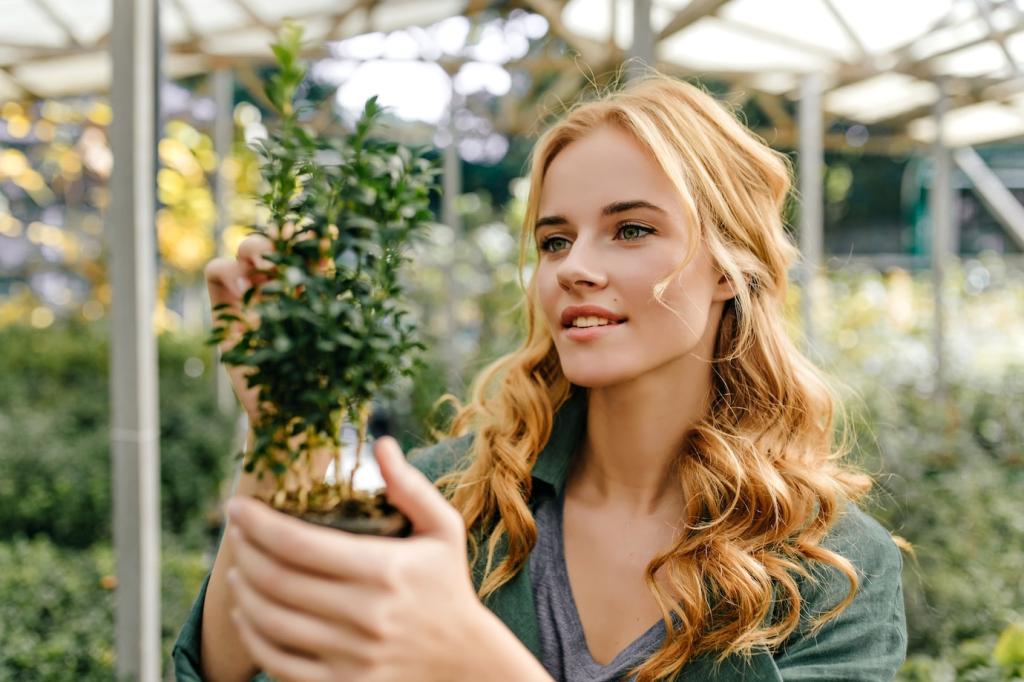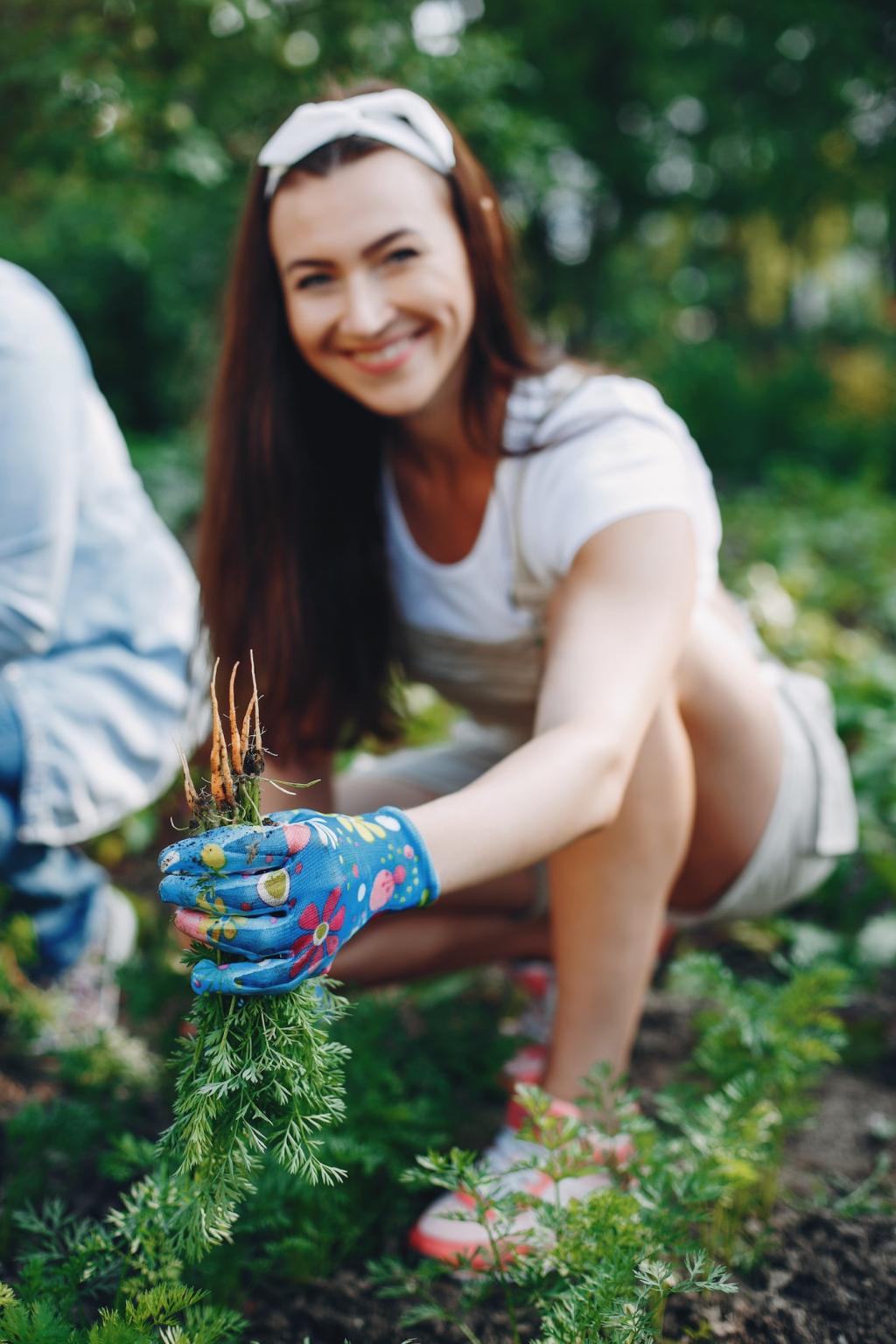This website uses cookies so that we can provide you with the best user experience possible. Cookie information is stored in your browser and performs functions such as recognising you when you return to our website and helping our team to understand which sections of the website you find most interesting and useful.
Urban Garden Design Principles Using Native Plants
Urban gardens offer a unique opportunity to create vibrant, sustainable green spaces even within densely populated city environments. By incorporating native plants into these designs, gardeners can foster biodiversity, support local ecosystems, and create gardens that thrive with minimal intervention. Native plants, adapted to the local climate and conditions, require fewer resources and provide vital habitats for pollinators and wildlife. Urban garden design principles that prioritize native species not only enhance the aesthetic and ecological value of a space but also contribute to the well-being and resilience of urban communities. This guide explores key considerations for harnessing the full potential of native plants in urban garden design.

Understanding the Urban Context

Adapting to Microclimates

Dealing with Limited Space

Minimizing Urban Pollution Impact
Selecting Appropriate Native Species
Matching Plants to Site Conditions
Considering Aesthetic Qualities
Sourcing Ethically Grown Plants
Enhancing Biodiversity
Creating Habitat Corridors
Year-Round Food Sources
Supporting Pollinators
Water Conservation and Management
Designing for Seasonal Interest

Promoting Low Maintenance


